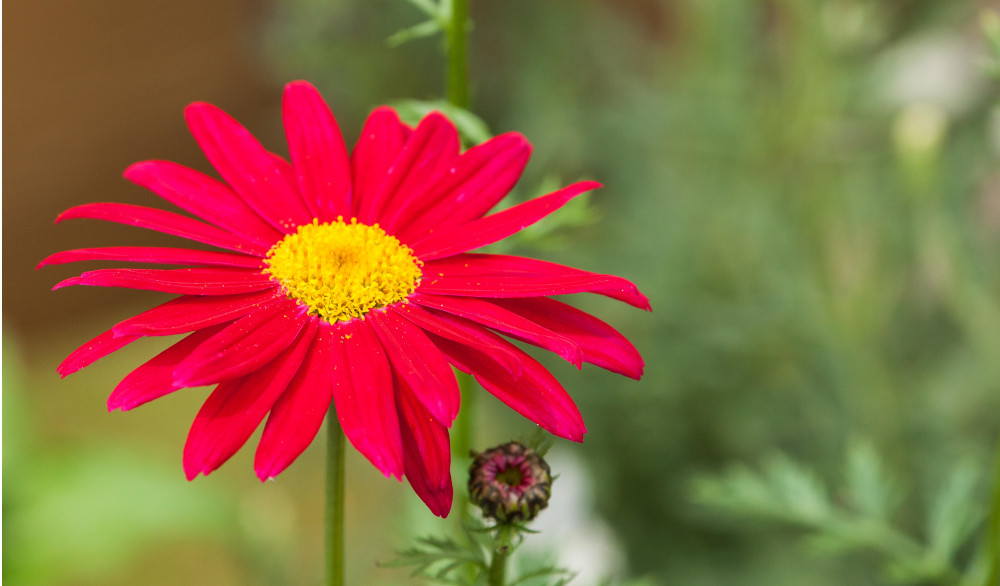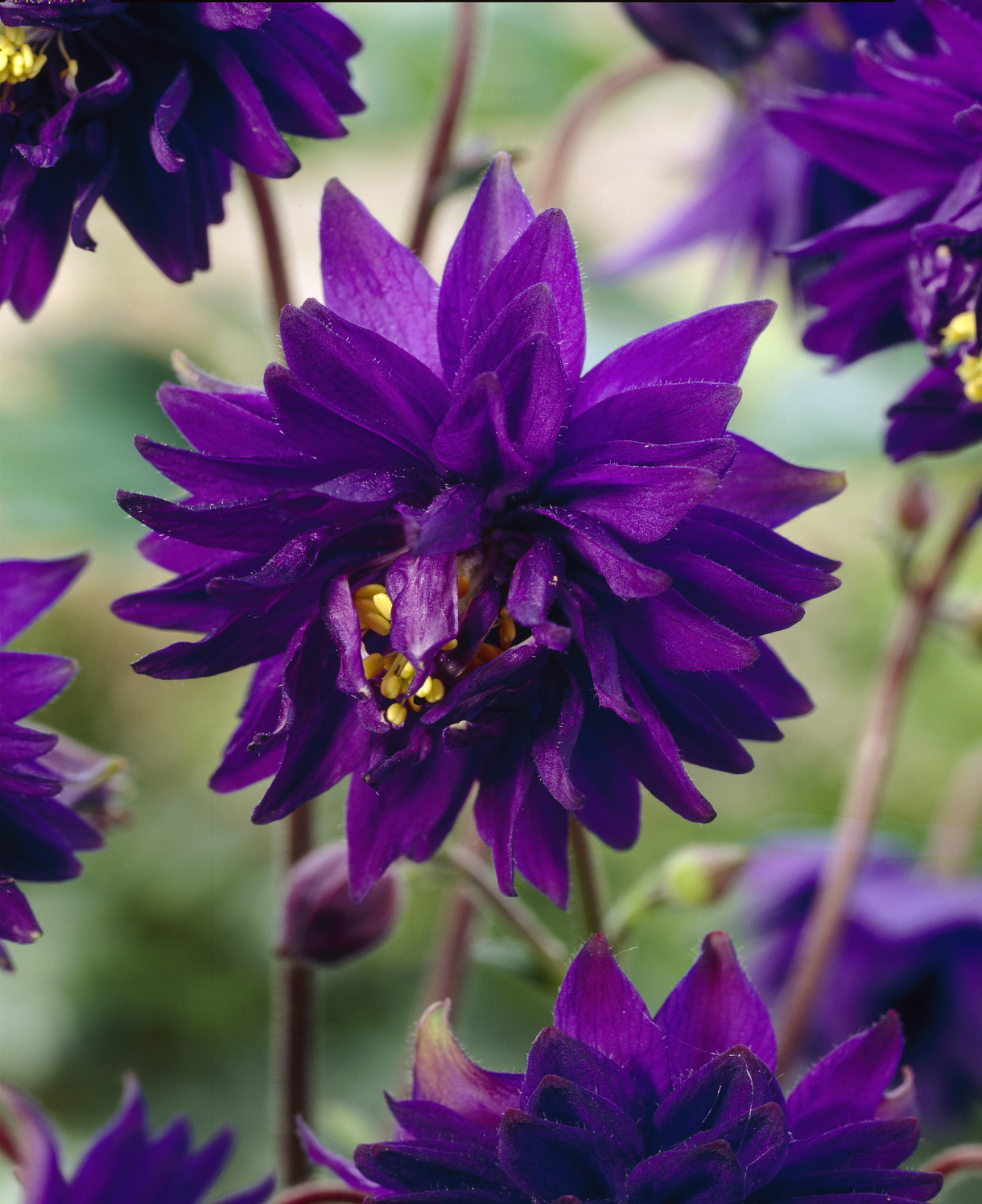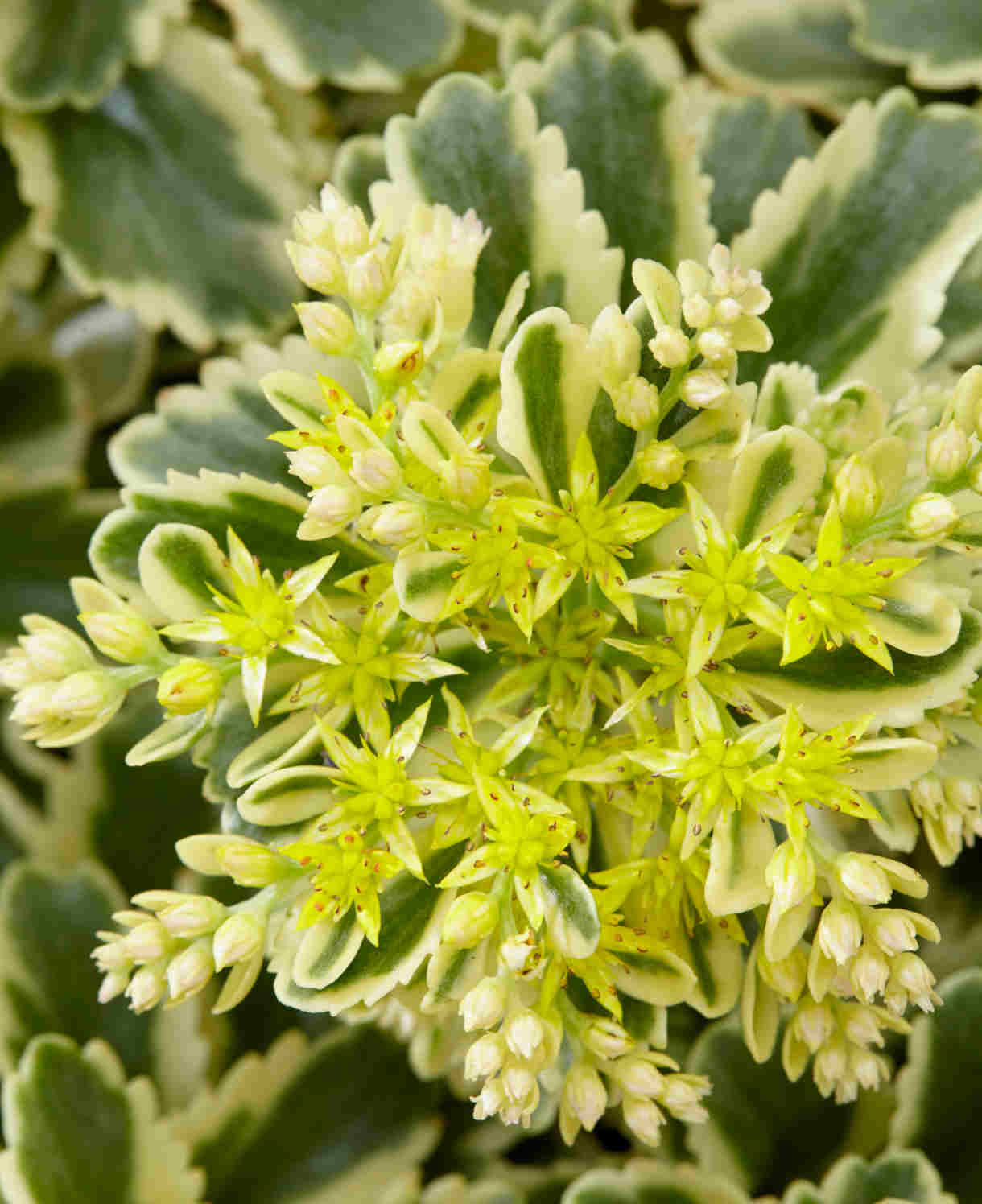How to grow Tanacetum
Tanacetum covers 160 species of flowering plans from the Asteraceae family - other members of the Asteraceae family include sunflowers and daisies. While some call them Tansies or Tansys, this usually refers to Tanacetum vulgare, rather than Tanacetum’s genus.
Tanacetum comes in a wide range of forms such as annuals, evergreen or herbaceous perennials or sub-shrubs. Generally speaking, Tanacetums are upright, clump-forming perennials, growing anywhere between 10-90cm in height. Most commonly, Tanacetums are planted in borders and flower beds to create spring and summer gardens.
With 160 species to choose from, you are spoilt for choice. Tanacetum are perfect for all garden styles due to their colour hues, ranging from pale whites and yellows to striking pinks and reds; they also repel insects, attract pollinators and add a strong aroma to your garden. This makes Tanacetum a brilliant choice for a beautiful, low-maintenance and functional flower bed.
Traditionally, Tanacetum were used medicinally to treat fevers, arthritis and migraines - it was thought that chemicals increase saliva and blood flow which help to relieve pain. The name Tanacetum originated from its medicinal use - stemming from the Greek word ‘Athanasia’ which means immortal. However, this is no longer recommended as the flowers have been found unsafe for use and potentially toxic in some cases.

Key Information
Soil pH
Position
Hardiness

How to plant Tanacetum
Keep your plug plants out of direct sunlight initially as this may scorch the young leaves. Do, however, ensure that your plant benefits from good lighting and/or heat each day whilst you ‘harden them off’
For the first week leave your plants out during the day and then bring them in at night. For the second week, they can be left out in all but the harshest of weathers, after which time they will have developed some resilience to the variation between day and night-time temperatures.
Gently water for 2-3 weeks and the young plants will then be ready to go outdoors. Make sure to find a space that has enough sunlight and well-draining soil, leaving at least 20cm between each plant. Dig an ample-sized hole to surround the plant while giving it plenty of room to spread and grow
Once planted, backfill and add compost to encourage growth. Make sure to water regularly to keep the compost moist, and do not let it dry out.

What to plant with Tanacetum
Due to the broad range of Tanacetum available, you do not have to venture far to find some brilliant companion plants. For example, you could create an eye-catching border using the flamboyant blooms of Centaurea, eye-catching Aquilegia, attractive foliage of Sedum and architectural Yucca.



How to care for Tanacetum
Pruning & Deadheading
Tanacetum are easy-going plants. You will only need to prune when the flowering period is over, and the flowers have faded. You may wish to deadhead to prevent self-seeding.
Watering
Once planted outdoors, you will need to water once or twice a week to keep the soil moist in dry periods. Be careful not to waterlog the soil - Tanacetum thrives in well-drained soil.
Cold Protection
While Tanacetum is hardy, you may wish to protect the roots with a layer of mulch in colder months to protect against frost.
Pests & Diseases
Tanacetum is naturally pest-resistant and disease-free.
How to propagate Tanacetum
You can propagate your Tanacetum either by seed or through division. However, leaving it to self-seed can mean the newer plants becoming invasive. So, you will want to collect seeds from the plant ahead of the flowers fading and then sow in a controlled way
Another option is propagation by division. You will need to divide the parent plant by gently teasing with a sharp knife to pry some of the roots apart
Plant your division in potting soil - leaving plenty of space on each side of the division for growth. Bring indoors so they benefit from a controlled and dry environment. Then, they should be ready to plant in the next planting cycle
Once planted or transplanted outdoors, remember to water regularly - as much as twice a week in dry periods during establishment.
Common Tanacetum Questions
Is Tanacetum a perennial?
Yes, all of the 160 species of Tanacetum are hardy perennials. This means they live for longer than two years and are best suited to garden beds and borders.
How do you grow Tanacetum?
Tanacetum grows best in sunny conditions with plenty of water and well-draining soil. You can expect your Tanacetum to grow to full maturity in around 5 years: species dependent.
Is Tanacetum invasive?
While it is not particularly aggressive, the self-seeding nature of Tanacetum means that it can become invasive. If you grow Tanacetum too close to other plant varieties, its seeds may cause problems for neighbouring plants.






